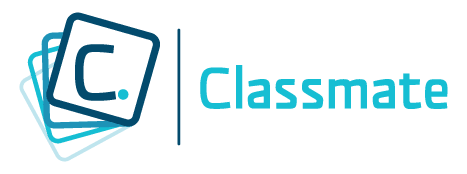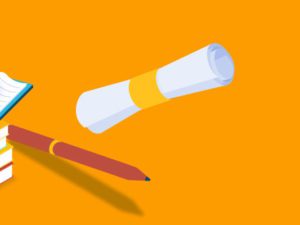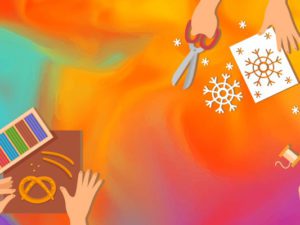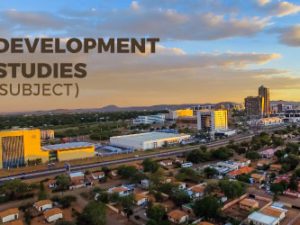PHYSICS SYLLABUS
- Description
- Curriculum
- Reviews
Senior Secondary Science is a two-year programme designed for learners who have completed Junior Secondary education. It is designed to provide learners with scientific knowledge, skills and attitudes needed for understanding and responsible participation in the society. It also prepares the learners for tertiary education, vocational training and provides them with foundation skills for employment.
Subjects for the Senior Secondary programme are categorised into groups: coreand optional. All the Science subjects fall into one optional group: Sciences. There are four forms of Science offered in the group and learners are expected to choose one. These are:
- Single Science;
- Double Science;
- Pure Sciences: Biology, Physics and Chemistry;
- Human Social Biology (only offered to private candidates)
The syllabuses have been developed on the assumption that each Science will be allocated 160 minutes per week.
Rationale
The Science Programme for the two years of senior secondary education is expected to facilitate the holistic development of the learner in a global context. The programme intends to instil a sense of appreciation for science and to make sure that the learners can cope in a technologically changing world. The programme will help learners to explore and apply the scientific knowledge, skills and attitudes acquired to address environmental, social, economic and political issues in their day-to-day lives. Through this programme learners will get an opportunity to explore and understand the natural world (life processes, physical phenomena and nature of substances).
Science is an experimental discipline and its method of inquiry allows learners to appreciate the practical impact of science on their lives and society as a whole. The Science programme will equip learners with skills that will be of long term value and encourage them to participate in lifelong learning. In the process the learners will exercise their creativity and develop skills such as critical thinking, innovativeness, communication, analysis, observation, recording, drawing conclusions, making judgement etc.
The syllabuses will also expose learners to the practical applications of Science. This will contribute towards popularising Science and developing an interest in and positive attitudes towards Science among all learners.
The Senior Secondary Science syllabuses recognise the importance of offering key concepts and principles of Science in Physics, Chemistry and Biology to provide learners with a more unified view of the Sciences and awareness of the connections among them and technology.
Aims of Senior Secondary Physics Programme
The aims of the science programme are the same for all students. They describe the intended educational outcomes of the physics programme. The list is not in any order of preference.
The aims are to:
- develop abilities and skills that are relevant to the study, practice and application of physics, which are useful in everyday life, and which encourage safe practice.
- develop an understanding of the technological and environmental application of physics and of the economic, ethical and social implications of these.
- develop an understanding of the significance of information and communication technology in the day-to-day life situations and the world of work.
- develop positive attitudes relevant to physics such as
– open-mindedness
– inventiveness
– concern for accuracy and precision
– objectivity
– integrity
– initiative towards scientific skills- stimulate curiosity, interest and enjoyment of physics and its methods of enquiry.
- develop an understanding of key concepts and principles of physics as they are experienced in everyday life.
- recognise the usefulness and limitations of the scientific method and to appreciate its applicability in other disciplines and in everyday life.
- encourage students to pursue and be suitably prepared for further studies in physics and physics related courses.
- promote an awareness that the concepts of science are of a developing and sometimes transient nature.
- show awareness that Physics applications may be both beneficial and detrimental to the individual, the community and the environment.
Recommended teaching methods
The syllabus encourage a learner-centred approach as emphasised in the curriculum blueprint. This involves laying emphasis on science (Physics) process skills, problem-solving skills, and the acquisition of hands-on experience which should increase the participation and performance of all groups e.g. groups of different abilities, learners with special needs, girls, boys. Teachers should approach the teaching-learning process in a learner-centred way. Therefore, it means that the teacher should use a variety of methods to achieve this e.g. inquiry, demonstration, practical work, project work, case study, field trips, discussions, computer guided learning etc.
In order to facilitate a learner-centred approach there should be pre-planning of activities to be done and there should be adequate working space to accommodate these activities.
Teaching methods should expose learners to practical applications of Science. They should present Science (Physics) in an interesting and challenging way that should popularise it and encourage learners to opt to pursue Science and Science-related fields for careers.
Assessment
To ensure that learners attain the set aims, the course will be assessed through a variety of continuous assessment techniques. Projects, tests, experiments, surveys etc. will be used. The outcome of these will be used to improve instruction and guide progression.
At the end of the course a terminal examination will be administered. Continuous assessment in the form of coursework will also contribute to certification. Where it is not possible to offer coursework, alternative papers to test the same knowledge, skills and attitudes will be used.
Examination syllabuses will be developed by the examining body to provide teachers with guidelines on objectives to be tested.
Organisation of the syllabus
The syllabus is organised around broad content areas subdivided into topics. Each topic consists of general objectives which give rise to specific objectives. The specific objectives describe what learners are expected to do. These objectives are divided into coreand extended. The extended specific objectives are highlighted in bold italics. All learners are expected to follow the corespecific objectives. The extended objectives provide more challenging work for those learners able to benefit from it.

Popular Subjects
Working hours
| Monday | 9:30 am - 6.00 pm |
| Tuesday | 9:30 am - 6.00 pm |
| Wednesday | 9:30 am - 6.00 pm |
| Thursday | 9:30 am - 6.00 pm |
| Friday | 9:30 am - 5.00 pm |
| Saturday | Closed |
| Sunday | Closed |
About
The Most Secure & Collaborative Learning Platform.
Classmate is an Inclusive, Social E-Learning platform, for students and educators to access educational content and promote collaborative learning.
The solution has been developed after making an assessment that there is a need for students to interact outside the classroom yet enjoying the classroom set up with the additional freedom of engagement
Popular Subjects









